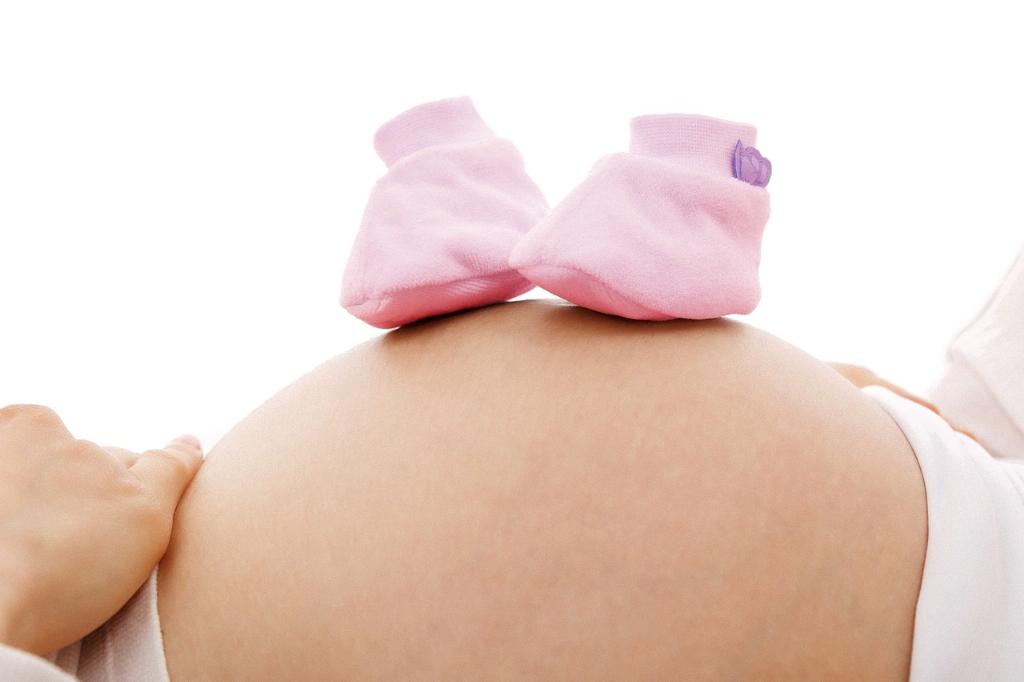When a pregnant woman experiences issues with her gallbladder, the decision to undergo surgery can be a complex and delicate one. One of the primary concerns is how to safely remove the gallbladder while minimizing risks to both the mother and the developing baby.
Minimally Invasive Laparoscopic Surgery
Laparoscopic surgery is often the preferred method for removing the gallbladder during pregnancy. This minimally invasive procedure involves making small incisions in the abdomen through which special instruments are inserted to remove the gallbladder. The benefits of laparoscopic surgery include shorter recovery times, less pain, and minimal scarring.
Open Surgery as an Alternative
In some cases, open surgery may be necessary for gallbladder removal during pregnancy. This more traditional approach involves making a larger incision in the abdomen to access and remove the gallbladder. While open surgery is generally safe, it carries a higher risk of complications compared to laparoscopic surgery.
Factors Influencing the Surgical Approach
The decision between laparoscopic and open surgery depends on various factors, including the gestational age of the pregnancy, the severity of the gallbladder condition, and the expertise of the surgical team. It is essential for the healthcare providers to weigh these factors carefully to determine the most suitable approach for each individual case.
Risks and Considerations
While both laparoscopic and open surgeries are generally considered safe for pregnant women, there are risks associated with any surgical procedure. These risks may include infection, bleeding, anesthesia-related complications, and injury to nearby organs. It’s crucial for the healthcare team to discuss these risks with the patient and address any concerns.
Timing of Surgery
The timing of gallbladder removal during pregnancy is another crucial consideration. In many cases, surgery may be delayed until the second trimester when the risk to the fetus is lower. However, in emergencies or severe cases, surgery may be required during the first trimester, with careful monitoring of the baby’s well-being.
Maternal and Fetal Monitoring
During and after the surgical procedure, both the mother and the baby are closely monitored for any signs of complications. Fetal monitoring may include ultrasound scans and other tests to ensure the well-being of the baby. Maternal recovery is also closely monitored to address any post-operative issues promptly.
Post-Surgical Care
After gallbladder removal, pregnant women are advised to follow specific post-operative care instructions to promote healing and reduce the risk of complications. This may include dietary modifications, activity restrictions, pain management strategies, and regular follow-up appointments with healthcare providers.
Consultation and Communication
Effective communication between the healthcare team, the patient, and her family is essential throughout the process of gallbladder removal during pregnancy. Clear information about the risks, benefits, and expected outcomes of the surgery helps the patient make informed decisions and feel supported during this challenging time.
Conclusion
In conclusion, gallbladder removal during pregnancy is a complex medical intervention that requires careful consideration of various factors. By weighing the risks and benefits of different surgical approaches and closely monitoring both the mother and the baby, healthcare providers can ensure the best possible outcome for both patients. Open communication and compassionate care are essential components of the care provided to pregnant women undergoing gallbladder surgery.

